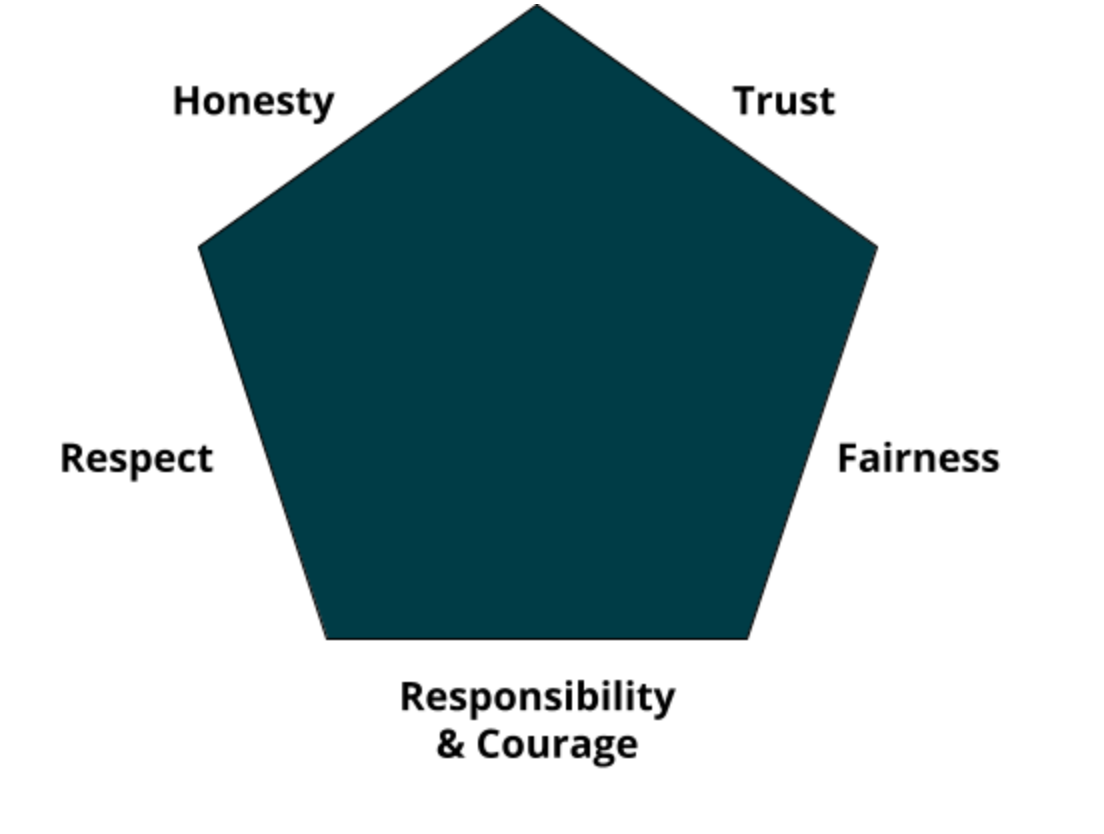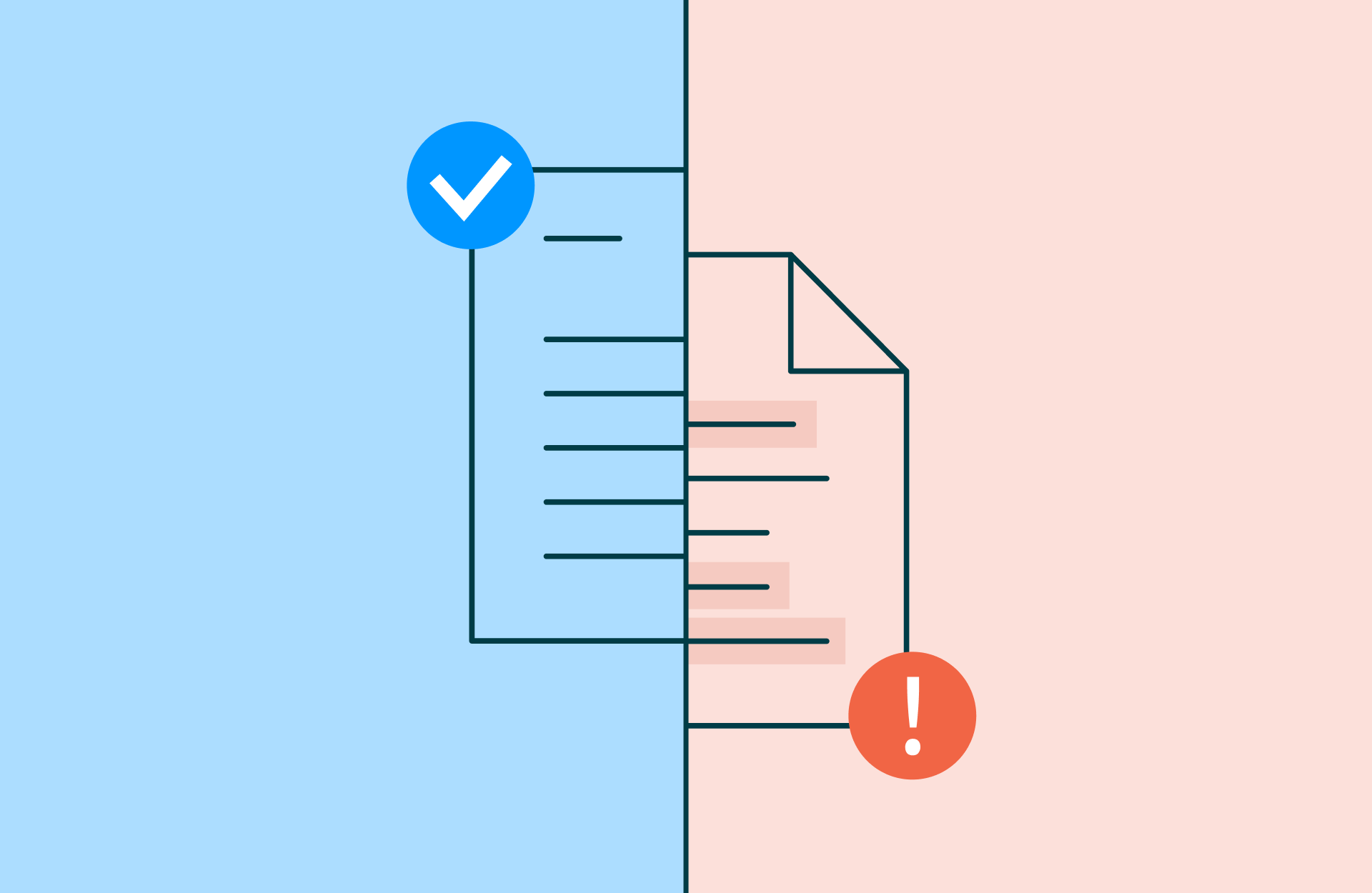Plagiarism is often discussed hand-in-hand with issues surrounding academic integrity. In many instances, they are used interchangeably.
And while plagiarism is indeed an act of academic dishonesty and academic misconduct, it isn’t the entirety of academic integrity.
Academic integrity is the commitment to live by these values. Plagiarism is an aspect of academic integrity in that using another's ideas, words, theories, illustrations or graphics, opinions or facts without giving credit is dishonest.
Let’s go deeper by examining and defining academic integrity as a whole.
The International Center for Academic Integrity “defines academic integrity as a commitment, even in the face of adversity, to six fundamental values: honesty, trust, fairness, respect, responsibility, and courage. From these values flow principles of behavior that enable academic communities to translate ideals into action”
Let’s examine the five pillars of academic integrity:

- Honesty: being truthful is a fundamental tenet of academic integrity—and in writing, this translates to giving credit to the owner of the work in the form of attribution. It is also about being objective; for educators, this means assessing student work without prejudice.
- Trust: trusting in the reliability of student work is critical to academic integrity. In the classroom, this is demonstrated by setting clear expectations and upholding those expectations in assessments.
- Fairness: avoiding favoritism is another aspect of academic integrity. This means applying rules consistently and taking responsibility for your own actions in the form of rubrics and other acts of educational fairness.
- Respect: holding everyone in high esteem is part of academic integrity as well. Respect is shown in students taking assignments and learning seriously and receiving feedback. Educators in turn, too, ought to provide feedback and show empathy for students.
- Responsibility and Courage: being reliable and trustworthy is fundamental to academic integrity. Students ought to stand up against wrongdoing while educators create and uphold classroom and institutional policies. (ICAI, 2021)
According to research by Guerrero-Dib, Portales, and Heredia-Escorza, “Academic integrity is much more than avoiding dishonest practices such as copying during exams, plagiarizing or contract cheating; it implies an engagement with learning and work which is well done, complete, and focused on a good purpose— learning. It also involves using appropriate means, genuine effort and good skills. Mainly it implies diligently taking advantage of all learning experiences” (International Journal for Educational Integrity, 2020).
Academic dishonesty, or the violation of academic integrity principles as shown above manifests in different ways and in different forms of misconduct as shown in our emerging trends blog posts, such as collusion, copying, usage of electronic cheating devices, utilizing online test banks, abuse of word spinners, self-plagiarism, and of course, plagiarism.
Plagiarism, or using the ideas or words of another and claiming them as one’s own original idea, violates all the components of academic integrity. Plagiarism, specifically, is a subset of academic dishonesty, and one way to violate academic integrity.
It’s easy to see how academic integrity and plagiarism are interchangeable, but it’s also important to understand the difference between plagiarism and academic integrity as you navigate the student educational journey.







